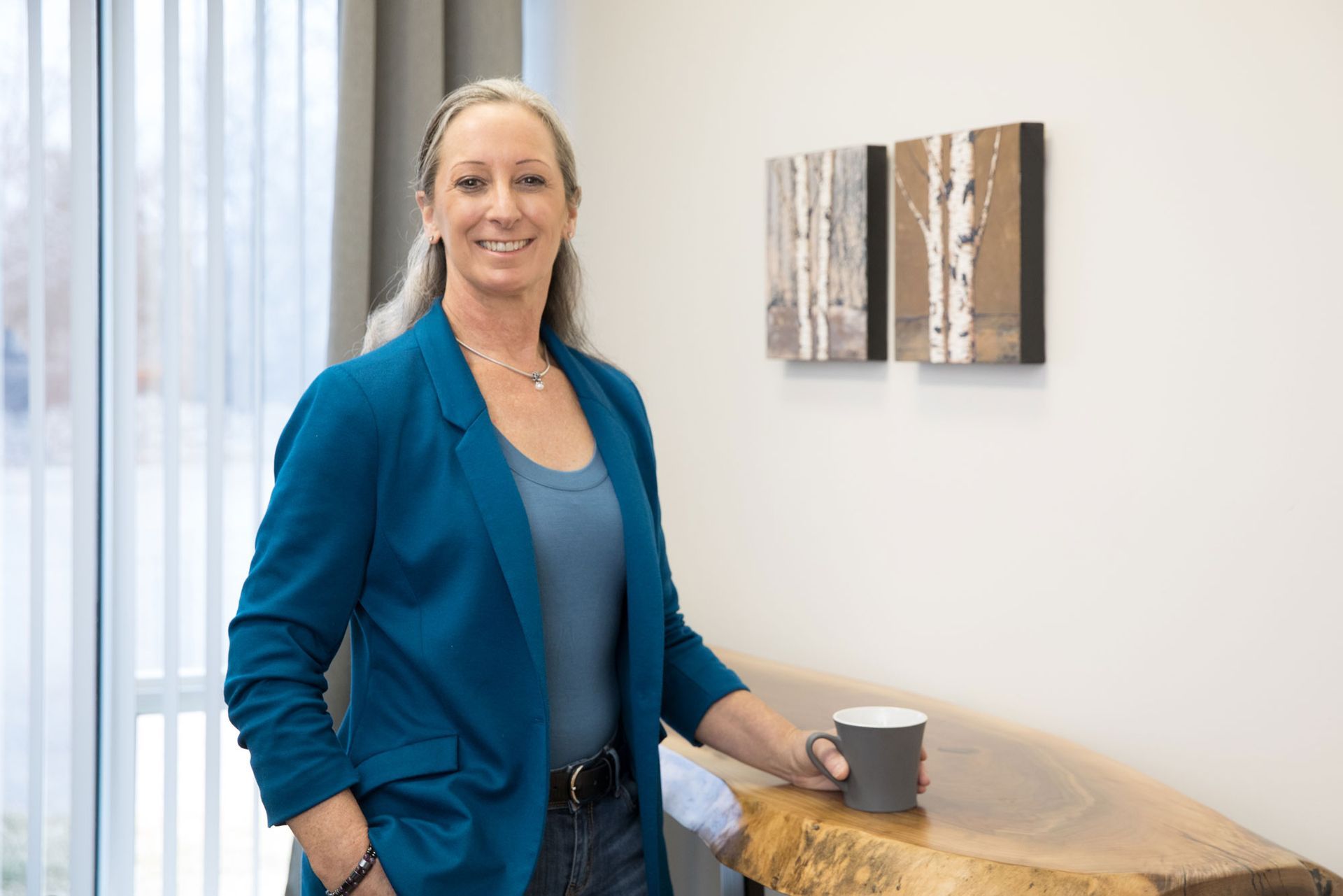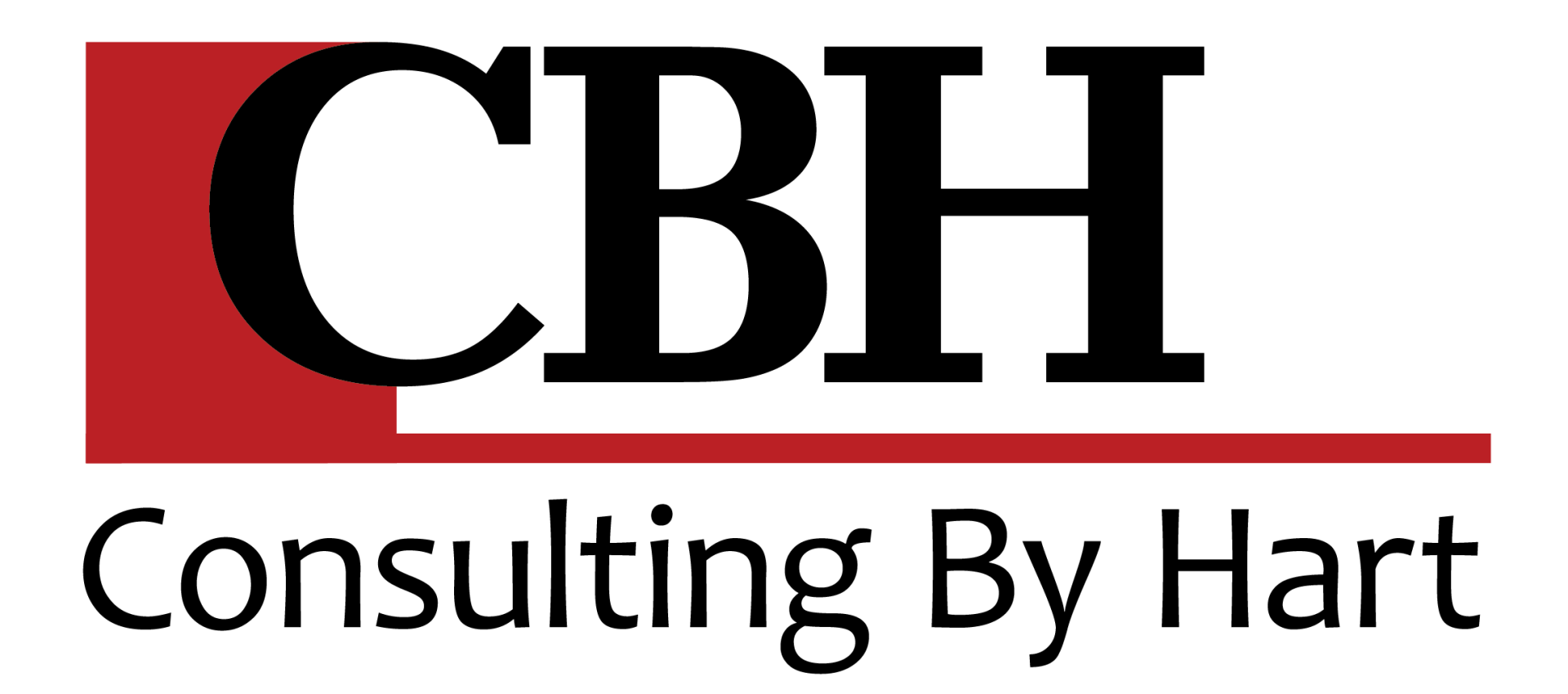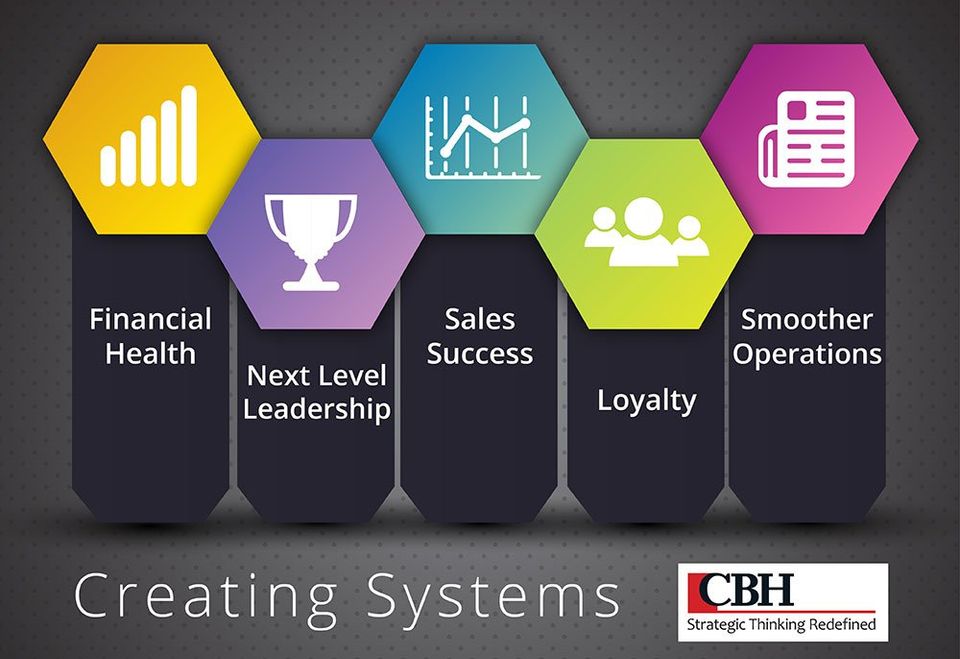Creating Systems
The rubber hits the road. Every business has it’s peak season each year. In the region where I live (Muskoka, Ontario) the seasonal residents start to show up in May, peak in July and August, and linger on in smaller numbers through mid October. By early November, you could shoot a cannon down any regional towns’ main street and not hit a soul. Its’ during your business’ busiest time of year that the Systems Test takes place.
Regardless of the sector in which you’ve chosen to hang your entrepreneurial hat, we are all very, very busy when our business rides through seasonal or annual peaks. There are rarely enough hours in the day or days in the week to complete everything demanded of us, and to the best of our ability. Our systems are tested, and resources are stretched thin. The obvious pool of resources we need at this time of year include cash flow, production capacity, catchy product displays, timely inventory, administrative support, technology to aid the flow of information (in every direction), our market share, our client base, our creativity and the talent of our people.
The less obvious resource we really need, is the one that most of us work hard at improving in our ‘off season’: Systems. More than any other time of year, it is now that our ‘systems’ are put through the rigors of every test.
Consider for a moment this comment from Ron Carroll:
“Each customer contact is a moment of truth, a time when the relationship can be won or lost. Customers do business with companies that consistently meet their expectations – that deliver explicitly on their promise. Effective systems ensure that nothing is left to change and that customers get what they wanted and expect every time.”
In this column, many times I’ve written about the importance of ‘managing the customers’ experience of everything you do’. Systems are typically designed to help with managing all of the moving parts, people, plants and promises. The end goal, is to provide consistent customer experiences, consistent delivery on promises, and consistent profit for the company.
Many of you have worked on improving your systems by leveraging various online resources, books, courses, workshops, conferences and community business support – We all have access to great info to help us improve our careers and business.
What we often don’t do as a result of networking or taking seminars and courses, is make sustainable change to our systems. Getting the changes we want to implement actually stick, is hard work. When the rubber hits the road, testing your new policies, processes, people and profit projections, you need to be prepared to measure and adapt. The success and sustainability of change is hard to measure, unless you’re prepared to create a metric to assess where you’ve achieved improvement, and what still needs work. How can you measure the success of your improved systems? It’s easier than you may think. I’ve said many times to participants in my business seminars: “if you’re aiming at nothing you’ll hit it with huge accuracy”. My suggestion is to simply write on a flipchart page or sheet of paper, how you anticipate things will look and sound like when your changes are sustained and things are going more smoothly. Ask yourself what the signs are that you’ll see when your systems and processes are working well. Refer to this list often.
What if you’re not seeing those positive signs? Here’s a suggestion:
1. Create an accessible place where you can quickly jot down and dump your observations over the next month or two (i.e. a notepad or Word file on your smart phone or tablet, a journal, a large empty glass vase or jar). By having a quick and easy way to capture observations in the midst of this peak season, we’re all more likely to remember what isn’t working very well (and the problems seem to dominate my thoughts less at night when I know I’ve earmarked them for improvement later on). Personally, I like the glass jar approach. I can see a collection of thoughts growing (by the number of notes I chuck in there every week on my way out the door).
2. Next, book an appointment with yourself for a FULL DAY a couple of months after implementing new systems or processes. That’s the day you will commit to work with yourself, ON your business, and review the ‘slips, trips and falls’ of your systems. (I tape a note to the outside of my ‘systems’ jar with this appointment time, so that every time I toss in a note, I am reminded to keep that date set aside for working on my business). The reason I recommend doing this ‘mid season’ is so that you can assess what’s really in need of fixing, and can prioritize some solutions to implement for the remainder of the season.
3. Keep your appointment time, and spend the day away from distractions (i.e. NOT at the office) treat yourself to a ‘business lunch’, and focus on prioritizing your biggest system failures – and work on solutions.
Organizing your challenges into categories can help to set priorities: Five Key Business Pillars are: Financial Health, Sales Success, Loyalty (internal and external), Next Level Leadership, Smoother Operations.
At Consulting By Hart, we offer workshops targeting how to improve systems in your business. Why not talk to your peers at your next Chamber of Commerce or local business event and partner with us to improve your business community’s success!
Other Articles That May Interest You:





